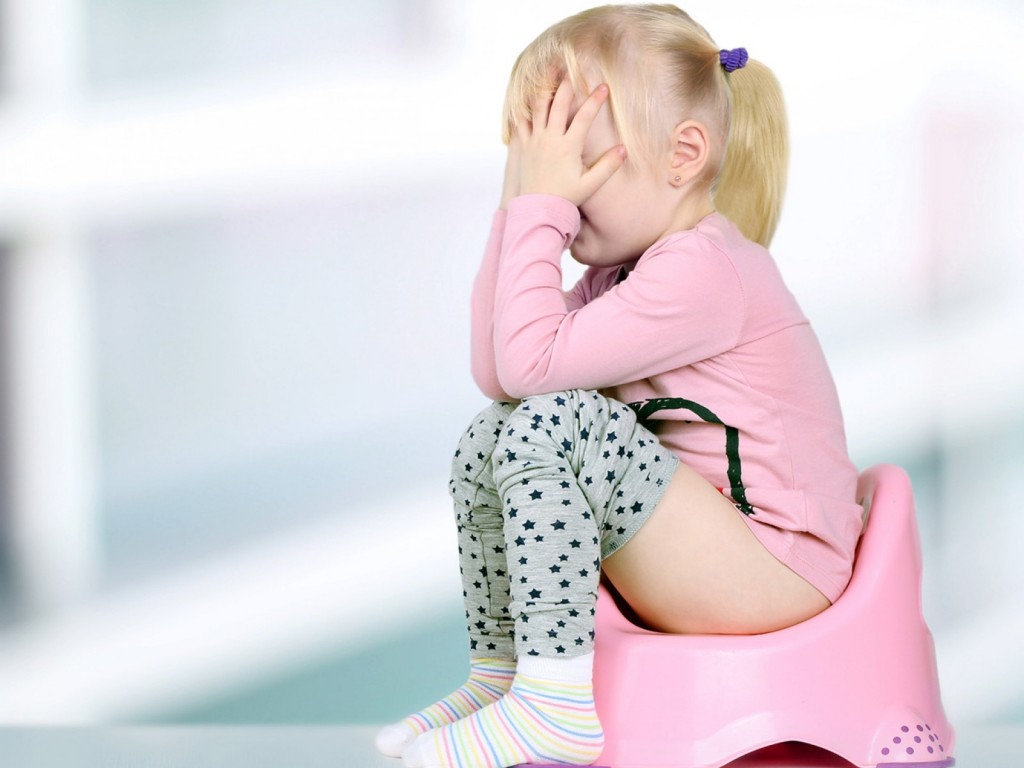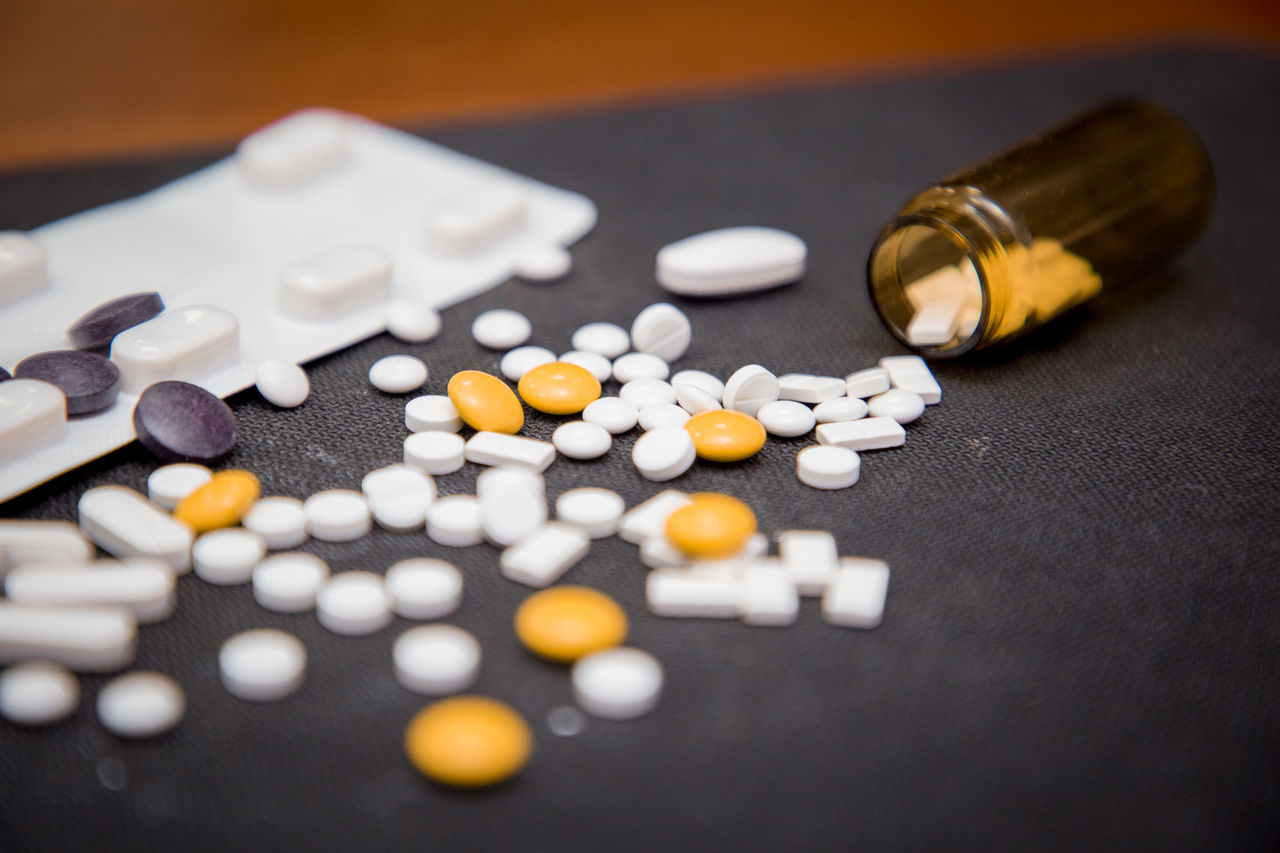Ranking of the best laxatives for children for 2022
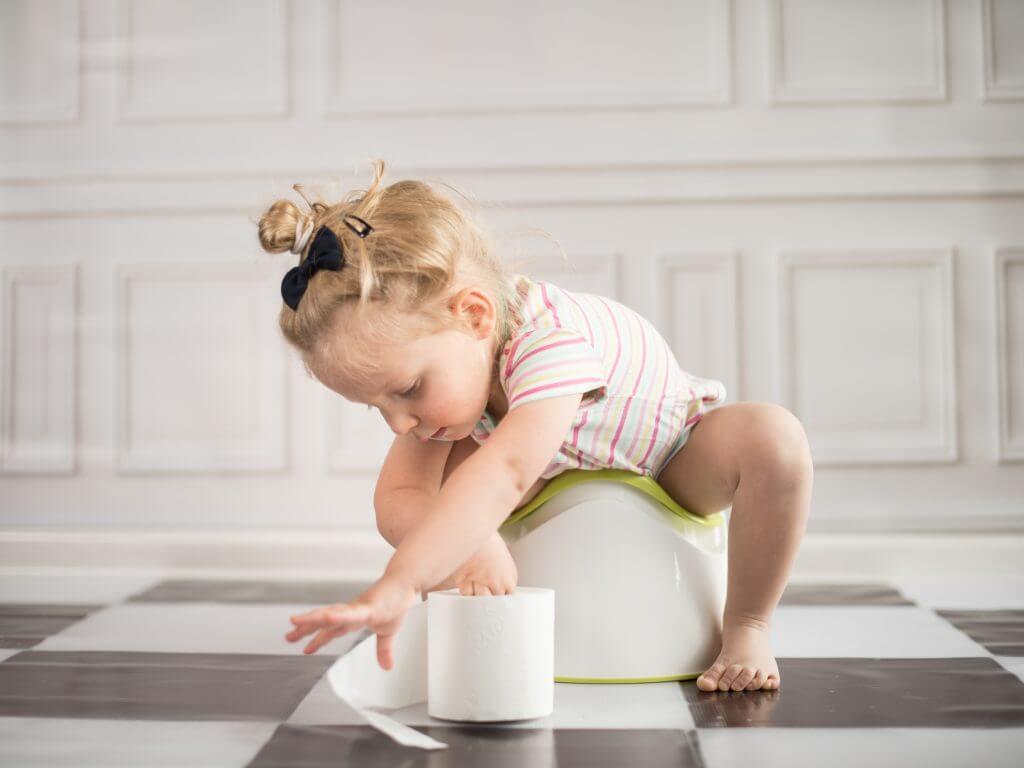
Laxatives are indispensable aids in the treatment of constipation, the removal of toxins, and bowel cleansing before surgery. On the market, these drugs are presented in a large assortment, and each of them has its own advantages and disadvantages, as well as a list of contraindications. To choose the right laxative for a child, you can use this rating, which was based on patient reviews and the opinions of qualified professionals.
Content [Hide]
Indications for the use of laxatives
The most common problem in children of all ages is loose stools, and most often they experience constipation, which must be treated. However, it should be borne in mind that the absence of stool for up to 3 days in babies from birth to a year can be the norm. In this case, measures should be taken only when the child does not sleep well, refuses to eat, is naughty.
Older children may experience constipation due to eating disorders. In this case, laxatives will also help. However, almost all medications have a list of contraindications, therefore, before using this or that drug, it is recommended to consult a specialist, because the stool can be disturbed due to a disease or pathology of the gastrointestinal tract.
You can clean the intestines with both folk remedies and medications. Both of them have been developed in many ways. However, when choosing a laxative, it is necessary to rely on indications, and take into account side effects, as well as contraindications.
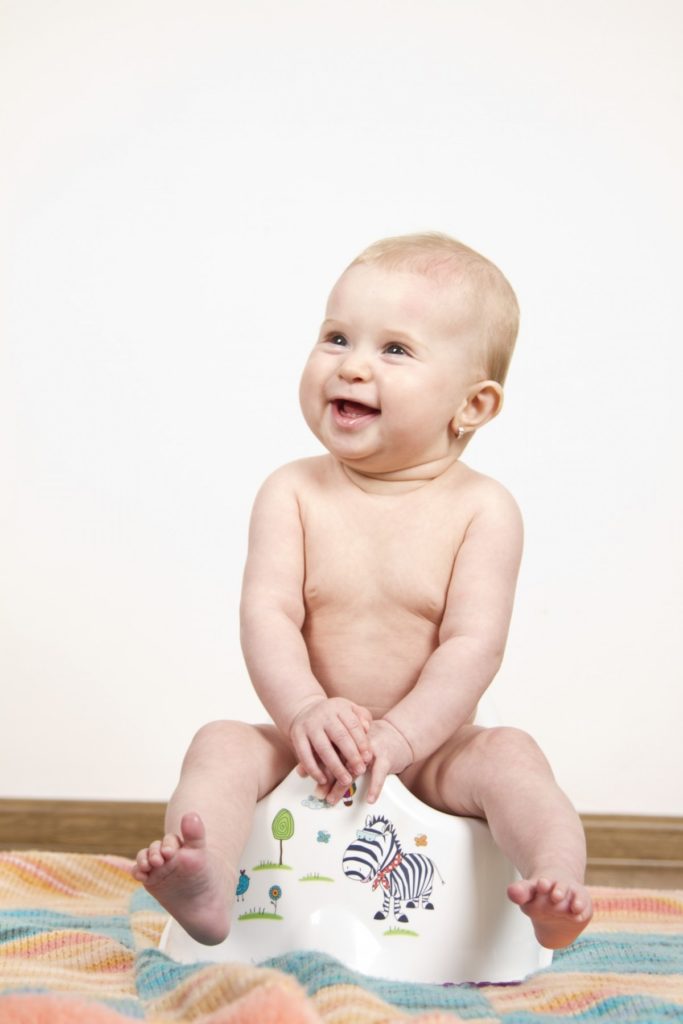
Laxatives are indicated in the following cases:
- constipation;
- the presence of helminths;
- poisoning;
- fecal stones and slags;
- before surgery.
Most often, intestinal slagging is observed in people who prefer a sedentary lifestyle and adhere to an unbalanced diet or diet.
Constipation in children: causes
Violation of the stool in children can occur for various reasons. Therefore, before resorting to the use of medications, it is necessary to find out the nature of the origin of constipation. In many cases, stool problems can be managed without laxatives.Children over 7 years old may suffer from constipation due to malnutrition, or rather excessive consumption of sweets, flour products and fried foods.
Babies under 7 years of age may experience constipation due to the rare use of fiber and coarse fibers. Most often this occurs in families where parents have not taught their children to eat a lot of vegetables since childhood. To meet the physiological needs of the child's body in the diet, they should be enough.
Also, excessive consumption of products with synthetic additives can affect stool retention. These are various chips, kirieshki, sweet sparkling water, mayonnaise, ketchup and others. These products contain a large number of dyes, flavors, stabilizers and flavor enhancers. Do not indulge children with excessive consumption of such products. Their share in the children's menu should not exceed 7-9%.
Constipation can also be caused by:
- Emotional shock, stress. Most often they arise as a result of a divorce of parents, moving to another area, bullying at school, dissatisfaction with their appearance or marks.
- Physical inactivity. Due to the restriction of physical activity in children, serious violations of the body's functions begin to develop. First of all, the musculoskeletal system, blood circulation, respiration and digestion suffer.
- Taking certain medications.
- Insufficient fluid intake leads to dehydration and poor muscle tone, all of which contribute to constipation.
- Restraining the urge to defecate. Many children are embarrassed to go to the toilet at school or kindergarten, postponing the stool for later, resulting in constipation.
- Spinal injury. Most often, constipation is caused by damage to the lumbosacral region.
- Diseases of the pelvic organs or anorectal zone.
Constipation in infants can occur as a result of improper introduction of complementary foods, an unbalanced diet of a nursing mother, the use of unsuitable milk formula, and non-compliance with the complementary feeding regimen. Physiological constipation in infants up to six months is considered the norm, since their digestive system is still at the formation stage until this time.
Important! Most often, defecation in children occurs 1-2 times a day. This is the norm. However, the absence of stool in rare cases within 2 days is not considered a pathology requiring medical treatment. If constipation constantly occurs, then parents are advised to consult a specialist in order to correctly diagnose and, if necessary, prescribe treatment. In breastfed babies, bowel movements can occur up to 10 times a day.
Choice of laxative
Colon cleansing can be done in a variety of ways. One of the fastest and most effective is the use of an enema. However, it should be borne in mind that this method of cleansing affects only the lower colon. Laxatives also affect the entire intestine, including the small one. In addition, taking a laxative is much easier than making an enema, because in any case it is necessary to calculate the dosage.
Laxative drugs can belong to different pharmacological groups. It is necessary to pay attention to this. Children's medication should have a mild effect so that the intestines are not injured or irritated. In addition, the product should not be addictive or contain substances that are dangerous to life and health.
Experienced experts recommend that parents, in the event of primary constipation in children, use folk methods for restoring stools, as well as changing the diet. Most often, this is enough to get rid of constipation. If stool recovery has not occurred, the use of mild laxatives is allowed. For children, syrups, suppositories, tablets, enemas or microclysters can be used.
Laxatives for children: an overview of the different forms
The choice of children's laxative must be approached very responsibly. You need to have a real picture of health before your eyes and be sure that there are no contraindications. Before purchasing, you must definitely clarify whether the drug is suitable for age indications. To facilitate the orientation of parents in the desired drug group, a detailed overview of the laxatives allowed for children is offered.
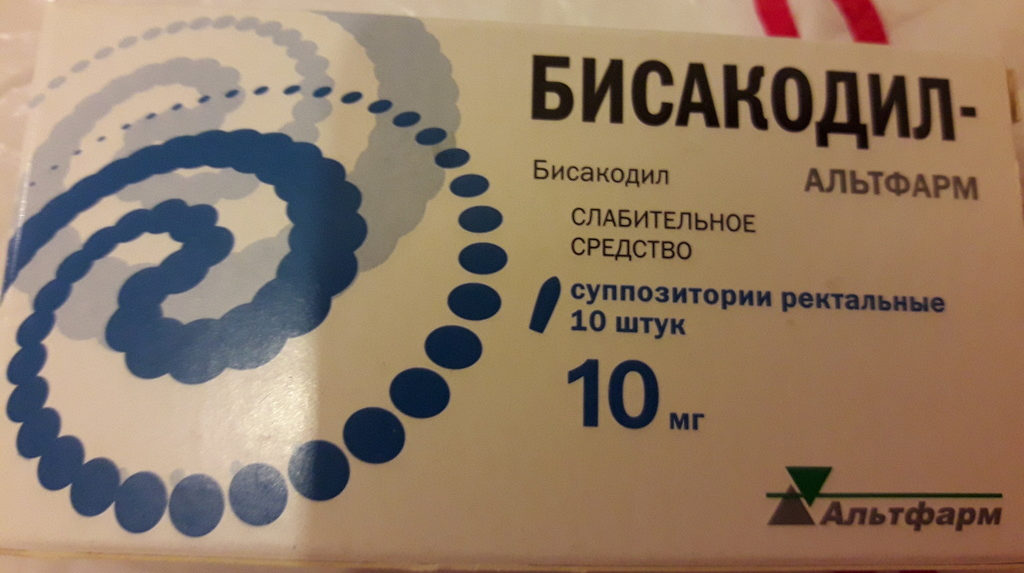
suppositories
Bisacodyl
votes 23
Approved for use by children from 6 years of age. It is considered one of the safest and most inexpensive drugs with a laxative effect, contains 5 mg of the active substance. With the help of the active substance in the intestines, contractions are stimulated, which move fecal lumps through the rectum to the anus. Bisacodyl is available as tablets or rectal suppositories.
Important information! It is not recommended to use for a long time, because it helps to remove fluid and essential minerals. Long-term use of Bisacodyl by children with heart disease can have dangerous consequences, since vital substances - magnesium and potassium - are actively excreted from the intestines along with feces.
- safety;
- rectal suppositories;
- cheapness.
- there are contraindications.
Dulcolax
votes 6
An analogue of Bisacodyl, but has a higher price and a wider range of indications and contraindications. It starts working in 6-10 hours. When Dulcolax is taken at bedtime, a bowel movement should be expected in the morning, 8-10 hours after getting out of bed.
Dulcolax, like Bisacodyl, is prescribed for children from 6 to 12 years old at a dosage of 5 mg. Adolescents from 12 years of age are allowed to increase the daily allowance to 2 tablets. When Dulcolax is prescribed in the form of rectal suppositories, the usual dosage is as follows: children over 10 years old - one suppository 1-2 times a day. Children from 6 to 10 years old are given half the dose. The duration of treatment should not be longer than one week.
- stimulates intestinal motility.
- not detected.
Important information! Only the attending physician can determine whether it is possible to use Dulcolax for the treatment of very young children from 1 to 6 years old, and for them it can be used exclusively in the form of rectal suppositories.
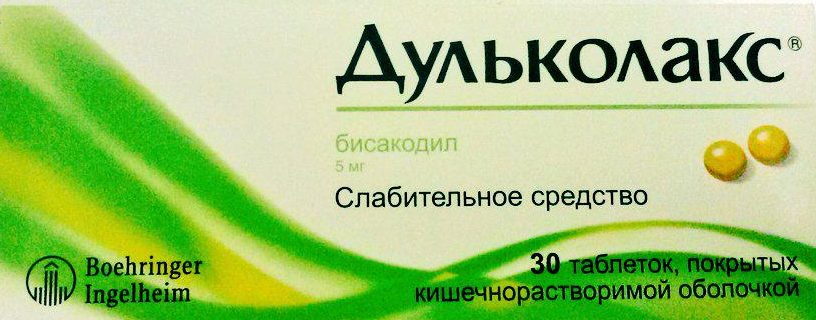
In tablets and capsules
Bisacodyl
votes 2
The daily dose is 5 mg for adolescents and children from 6 years of age. The medicine must be taken at night with plenty of water. When Bisacodyl is given before surgery or bowel endoscopy, the dosage may be increased to 10 mg (2 tablets).
Bisacodyl, as well as its analogues, are contraindicated in the following cases:
- gastric and intestinal diseases in the acute stage;
- stomach and intestinal bleeding;
- polyps in the intestine;
- obstruction in the intestines.
- contractions of the intestinal walls increase;
- bloating and gas formation are reduced;
- cheapness.
- there are contraindications.
Laxatin
votes 3
The active substance very gently and quickly stimulates motility in the large intestine and effectively eliminates long-standing constipation in 1-2 doses. Laxatin is usually taken once a day, the dose is set based on the age of the patient:
- For children under 12 years old, the daily dose is 1 capsule.
- Adolescents from 12 years of age can easily take 2 or 3 capsules.
- Laxatin is contraindicated if there is a high risk of hemorrhage or bleeding, with internal bleeding of various origins, diseases of the stomach or intestines in the acute stage.
Contraindications include:
- Inflammatory diseases of the bladder.
- Exacerbation of pancreatitis.
- Spasmodic constipation.
- Inflammation of hemorrhoidal veins in the acute stage.
Teenage girls at the onset of puberty should not take Laxatin during menstrual bleeding.
Important information! Laxatin has a sufficient number of serious side effects, so long-term use is not recommended. In case of non-compliance with the instructions, the most serious consequences can be arterial hypertension, convulsions, myasthenia gravis. It is allowed to drink the drug only with water or juice. It is strictly forbidden to drink Laksatin with milk and use milk-containing drinks during the course of treatment.
- gentle and rapid stimulation of the intestines;
- effectively eliminates long-term constipation.
- many contraindications and side effects;
- Do not take during menstruation in adolescent girls.
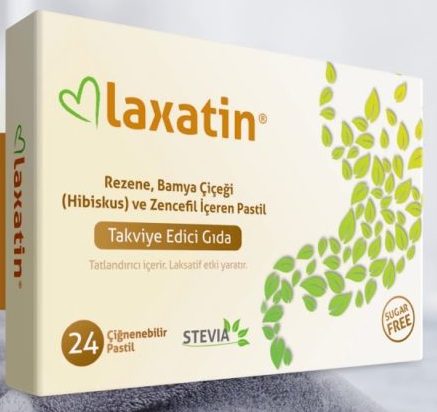
Powders
Forlax
votes 22
It enjoys well-deserved popularity and is considered one of the best in terms of effectiveness, quickly eliminating constipation in children, starting from the age of six months.Children from six months to 8 years old are prescribed a special baby powder that has the taste of an orange for making a drink. Children from the age of 8 are prescribed the usual Forlax.
The action of the drug is aimed at eliminating the difficulties that arise during defecation. Available as a powder to mix with water. The package contains 10-20 powders. Water after dissolving the powder becomes white, sweet taste. The composition includes saccharin, propylene glycol, sulfur dioxide, linalool, etc. When it enters the stomach, Forlax instantly breaks down fecal lumps and removes them painlessly in the form of loose stools. Reception is appointed individually. If constipation is mild, then a single dose is enough.
The dose is calculated according to the age of the patient. Usually it is 1-2 sachets per day. Infants under the age of one year are prescribed half a sachet per day. It is advisable to take Forlax once in the morning. In chronic constipation, long-term treatment with Forlax is possible - 2-3 months. After eliminating the symptoms of constipation, it is necessary to correct the mode of physical activity and nutrition.
Important information! In case of abdominal pain of unknown origin, Forlax is strictly contraindicated. It is necessary to seek advice from your doctor.
- dosage in sachets according to serving size;
- pleasant sweet taste;
- fast and gentle action without pain;
- high efficiency.
- many children refuse to accept.
Transipeg
votes 11
Tranzipeg is a children's laxative, produced in the form of a powder for solution. The basis of the drug is macrogol. Used to treat constipation in children older than 1 year. By choosing Tranzipeg, you do not have to force the baby to drink medicine.It has a pleasant taste that children love.
The main advantage of the drug is that it is excreted from the body in its pure form. Once in the intestine, the active substance retains water in it, which helps soften the stool. In addition, this drug is not able to irritate the mucous membranes of the digestive tract. It solves the problem gently, and rather quickly - the effect appears 1-2 days after the start of application.
Important! During treatment, special attention should be paid to the condition of the baby. If, after taking it, rashes appear on the baby's skin, you should stop using it, give the child any antihistamine, sorbent, and seek the advice of your doctor.
The reviews say that the medicine does its job perfectly, does not cause any discomfort, including pain, and is easily tolerated by children who have reached the age of three.
- is excreted from the body of the child in its pure form;
- solves the problem gently, and quite quickly.
- not detected.
Fibralax
votes 8
Fibralax is not a drug. It belongs to the category of biological additives. However, practice has shown that Fibralax is quite effective. It is able to quickly eliminate the problem of constipation in both adults and children. The basis of this dietary supplement was the shell of psyllium seeds, which contains a large amount of coarse fiber, and is able to remove accumulated toxins and toxins from the human body.
Available in the form of a powder, from which a solution should subsequently be prepared. It is not addictive and can be used for a long time.Please note that the drug should not be taken before or immediately after a meal.
- pretty efficient;
- natural drug.
- not detected.
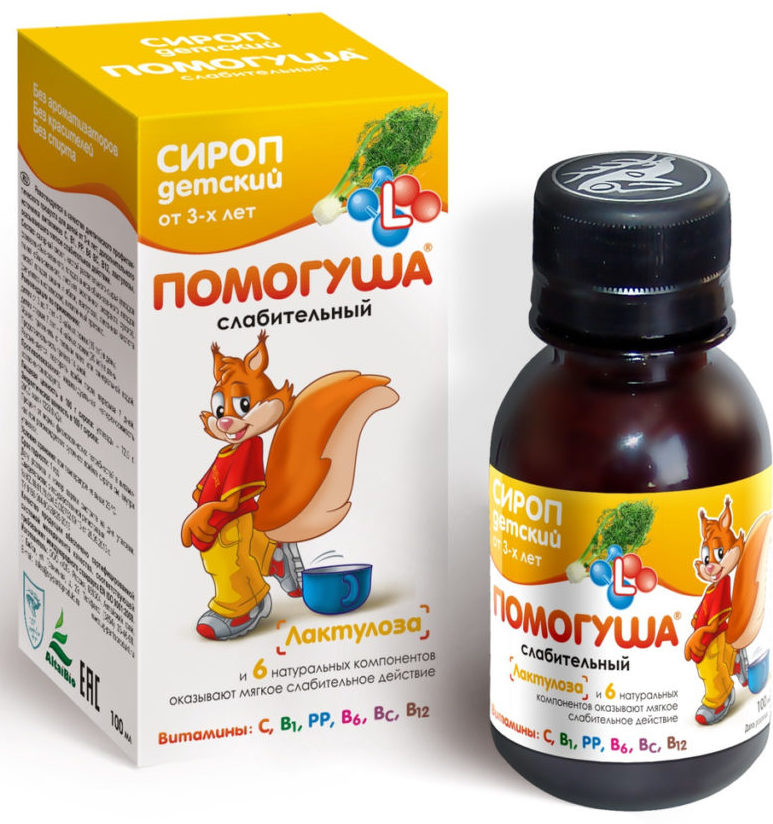
syrups
Most of the drugs that belong to this group are made on the basis of herbal remedies. However, many of them belong to the group of bioadditives. Despite this, their use will help to quickly get rid of a problem such as constipation, regardless of who has it - a baby or an adult.
help
votes 9
This syrup is made on the basis of vegetable raw materials and can be used to treat constipation in children who have reached the age of three. In addition to normalizing the work of the intestines, the remedy is able to saturate the children's body with vitamins that can strengthen the body and regulate the processes occurring in the organs of the digestive system.
Not able to instantly solve the problem of constipation. It has a cumulative effect and is taken for 30 days. Pay attention to the need to comply with strict dosages. "Help" is used 3 times a day, 5 ml.
- minimum number of contraindications
- efficiency
- elimination of pain syndrome.
- not detected.
Duphalac
votes 16
It is produced in the form of a syrup, which is very convenient, because it does not have to be diluted. It is taken orally, acts quite quickly, does not cause pain, including colic in young children. The effect appears immediately after administration. Created on the basis of water and lactulose, it is available in containers with a volume of 200, 500 and 1000 ml.Duphalac can be used for a long time. However, it is not recommended to prolong the course of treatment and increase the dosage on your own. Such a decision can only be made by the attending physician. If the recommended treatment regimen is followed, side effects are not observed.
Reviews have shown that children tolerate Duphalac quite well. During its use, children do not experience pain or other undesirable manifestations.
- the syrup has a sweet taste and is liked by children;
- the effect occurs once after taking it;
- does not cause pain and swelling;
- easily tolerated by young children.
- not detected.
Microclysters
Babies suffer from constipation more often than others, because the digestive system is still at the stage of formation, and the intestines are not populated with a sufficient number of beneficial microorganisms. If we are talking about the treatment of constipation in children of the first year of life, then the composition becomes the most important criterion when choosing. The drug must be completely natural, and the substances of which it consists must not enter the systemic circulation.
Microlax
votes 20
One of the best remedies for treating constipation in children under one year old is Microlax microclyster. It is considered the safest, has no contraindications and solves the problem in 15-30 minutes. It's pretty easy to use. It is necessary to break the seal of the tube, insert the tip into the anus and squeeze out the contents of the vial. After this, it is necessary to turn the baby on his stomach and wait for the drug to take effect.
Despite the absence of contraindications and complete safety, it is not recommended to use the medicine too often.This can lead to the development of lazy bowel syndrome, which can be a big problem.
- quick effect;
- soft impact;
- absence of contraindications and side effects.
- not detected.
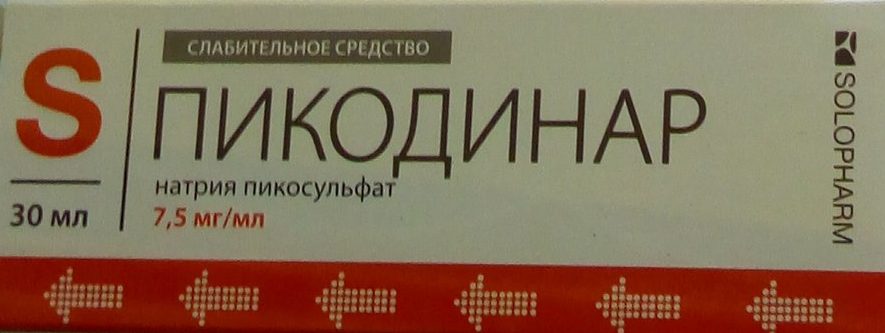
Drops
Picodinar
votes 1
Children who have reached the age of four and adults are recommended to start taking the drug with minimal doses. If the purpose of the drug is to achieve regular stools, it is allowed to indulge in the daily dose. The main thing is that it does not exceed the maximum recommended dosage of the drug. The effect of taking Picodinar comes pretty quickly. If you take the drug at night, you will get a laxative effect in the morning.
The drug is not recommended for more than 10 days. Only the attending physician can extend the course of treatment. Non-compliance with the recommendations and self-indulgence in dosages can lead to a violation of the water and electrolyte balance, addiction and hypokalemia.
It is noted that with a short use of this drug, side effects are extremely rare.
- quick effect;
- soft impact.
- not detected.
conclusions
Constipation is a problem that cannot be called a dangerous pathology. However, if it is not addressed in time, it can lead to the development of negative consequences. If your baby sits on the potty for too long and pushes with a lot of effort, then this suggests that he needs medical help. All that is required of you is to choose the appropriate drug from those offered by modern medicine and use it according to the instructions.
new entries
Categories
Useful
Popular Articles
-

Top ranking of the best and cheapest scooters up to 50cc in 2022
Views: 131649 -

Rating of the best soundproofing materials for an apartment in 2022
Views: 127688 -

Rating of cheap analogues of expensive medicines for flu and colds for 2022
Views: 124516 -

The best men's sneakers in 2022
Views: 124030 -

The Best Complex Vitamins in 2022
Views: 121937 -

Top ranking of the best smartwatches 2022 - price-quality ratio
Views: 114978 -

The best paint for gray hair - top rating 2022
Views: 113393 -

Ranking of the best wood paints for interior work in 2022
Views: 110317 -

Rating of the best spinning reels in 2022
Views: 105327 -

Ranking of the best sex dolls for men for 2022
Views: 104363 -

Ranking of the best action cameras from China in 2022
Views: 102214 -

The most effective calcium preparations for adults and children in 2022
Views: 102010
